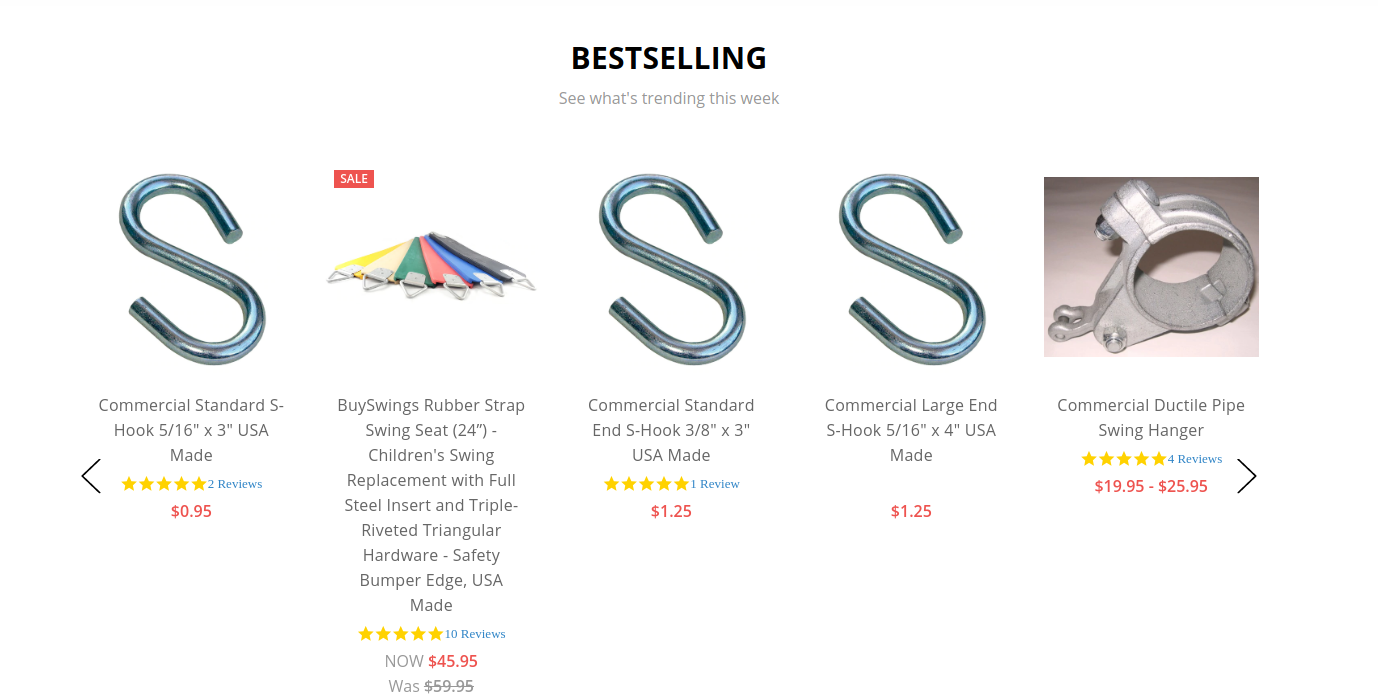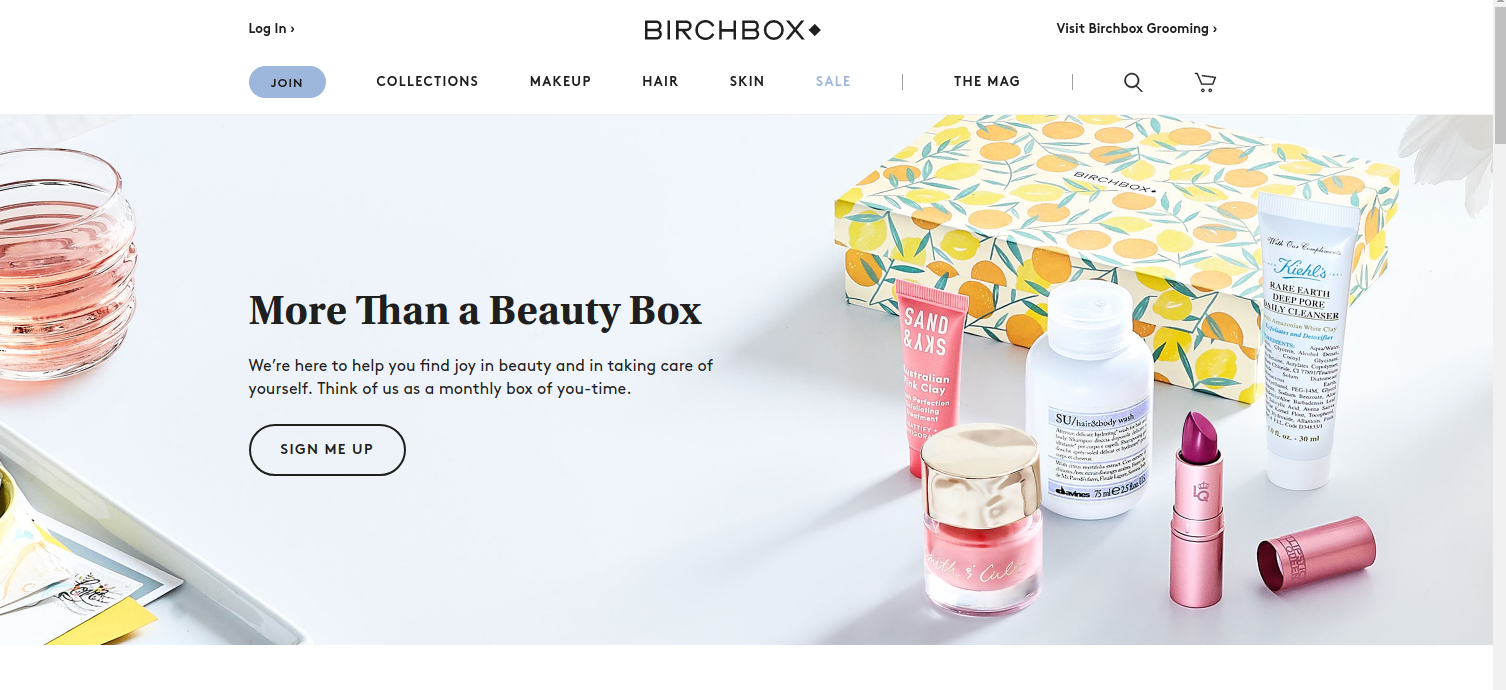How to Choose an Ecommerce Business Model – An Expert Guide
Choosing and applying the right ecommerce business model might be a bigger challenge than you thought. Especially if you’re new to the industry. Your greatest chance of success starts with knowing which model best fits your target niche, resources, and capabilities.
People still think of the B2C private label model — selling privately branded retail products to individuals — when we talk about ecommerce. But ecommerce has more options than we realize.
Here are 4 major ecommerce classifications and proven models to consider before making a plan.
Mục Lục
4 Major Classifications of Ecommerce
Let’s take a look at the 4 major classifications of ecommerce.
1. Business-to-business (B2B)
Business-to-business (B2B) ecommerce describes online transactions between businesses. Organizations involved in the B2B model are mainly wholesalers, manufacturers, and distributors. Despite not being the most prominent form of ecommerce, the global B2B ecommerce market is projected to reach 6.7 trillion USD by 2020.
Here are 3 questions to ask yourself before launching a B2B business:
-
Does your target market prefer bulk ordering?
-
Do your clients require specific sizes, materials, or other specifications?
-
What are your competitive advantages?
2. Business-to-consumer (B2C)
B2C ecommerce is a more traditional ecommerce model that most are familiar with. In B2C, online retailers market and sell products directly to end consumers. While B2B can be more complex, the B2C business is as simple as ordering a book or camera online.
B2C online retailers serve a wide audience and prioritize modern marketing and sales strategies like ads-based marketing, influencer marketing, and social media.
3. Consumer-to-business (C2B)
C2B is less well-known and intuitive than B2B and B2C. In the C2B model, individuals (consumers) sell products or services to businesses. Most typical C2B businesses are freelancer platforms like Upwork and Fiverr.
4. Consumer-to-consumer (C2C)
C2C ecommerce businesses facilitate transactions between consumers. In C2C platforms, individuals can sell, buy, and exchange goods or services. Consumer-to-consumer connecting platforms earn profits by charging listing and transaction fees.
Unlike B2B and B2C, C2C extensively deals with a third-party business to facilitate transactions, protect consumers, and manage quality control.
What Type of Products are you Selling?
Now that we’ve covered the types of ecommerce businesses, you could start thinking on who you might be selling to (businesses or customers), it’s time to think about what you’re selling.
DIGITAL PRODUCTS
Since iTunes revolutionized music sales, customers have adapted to paying for digital-only products. We’re now seeing many creators and sellers driving revenue from selling products like eBooks, courses, music, and multimedia content.
The Drum Broker sells hip-hop drum samples as digital downloads via its ecommerce store:
In the C2C space, Going Whole sells a six-week course on transforming your health and eating whole foods via an online course platform Podia:

There is plenty of upside to running a digital product ecommerce store — especially when it comes to your inventory. When you’re selling digital products you don’t need to worry about inventory, storage or shipping costs. Additionally, your customers can receive their product instantly.
On the flip side, the digital product space can be highly competitive so you need to focus on ways to make your product stand out such as building your brand or adding importance to your purchase through additional promotional content. Digital products are also open to piracy as it’s hard to ensure people who purchase the product don’t share it with others for free.
SERVICES
You can also sell services as part of your ecommerce business model. Services could include content production, web development, research, marketing and even offline services such as cleaning and office management. Selling your services online can help you boost awareness of your business, and make handling payments easier than following more traditional offline processes.
For example, on marketplaces like Fiverr, you can hire people to help complete tasks and provide a service for your business:
PHYSICAL PRODUCTS
This is ecommerce in its most traditional form: Selling physical products via an online store. Physical goods can be offered to businesses or customers or both.
For instance, Bushwick Kitchen sells hot sauce to customers, Whereas BuySwings sells playground accessories and products to businesses:

Though selling physical goods is the most traditional form of ecommerce, it’s not without its issues. When you’re selling a physical product you have to consider challenges such as shipping and handling fees, as well as storage costs and dealing with returns or faulty goods.
There are a lot of positives to selling physical goods as well, including:
-
The perceived value of physical goods is often higher, and very few customers are skeptical about parting with cash for a physical product.
-
It’s sometimes easier to show how a physical product will deliver value, for example, you know how a frying pan might help your cooking skills, whereas a digital download on how to cook in a pan might feel a little riskier.
What Product Model should you Use?
Once you’ve decided on your product, you should also think about whether you’d like to focus on selling one particular product, a range of products, or cover a range of product categories.
1. Multi-Category Businesses
Multi-category ecommerce businesses often start as single-product or multi-product, single-category businesses and expand as their revenue and customer demand grows.
For instance, In 1995, Amazon started as a book marketplace, What’s more, currently it sells millions of products crosswise over every category you could think of.
2. Subscription Businesses
The ecommerce subscription space has grown significantly over recent years with the market growing by more than 100% a year over the past five years. With over 150,000 subscribers, Birchbox — a subscription box for beauty products — is one of the most well-known subscription ecommerce businesses.

When a customer subscribes to Birchbox they receive a personalized mix of makeup, hair, skincare, and fragrance samples for $10/month. And you can now get subscriptions for all kinds of ecommerce companies.
The ecommerce subscription model has benefits for both the seller and the customer. From a seller viewpoint, you have predictable monthly income coming in and you can undoubtedly foresee demand and volume.
From a customer perspective, it’s all about convenience. When a customer joins Beer Hawk’s Beer club, they get new beers every month to their door. They don’t have to spend time reading reviews or deciding what beers to choose — and they don’t even have to spend time checking out and paying each month. Once the subscription is set up, everything is done for them.
3. Single-Product Businesses
Single-product ecommerce businesses focus all their efforts on selling one flagship product. This can work well for a business that’s new to the market and wants to keep a narrow focus on driving sales in a specific niche.
For example, Fly Pedals sell pedal adapters for bicycles to convert a road or mountain bike for casual riding. Focusing your ecommerce business on one product lets you concentrate on your target market and the problems your product solves.
This approach often works best for a new company that wants to bring a brand-new product to market in a space where there is little competition.
4. Multi-Product, Single-Category Businesses
If you want to sell more than one product, focusing on a single niche or category is a good way to go about it. In this way, you can sell many products and furthermore benefit from repeat business.
Examples of multi-product, single-category businesses include Beardbrand, who sell numerous products in the male grooming specialty.
3 STEPS OF BUILDING YOUR ECOMMERCE BUSINESS MODEL
So what have we learned in this article…
Here’s a quick recap on how to make the perfect ecommerce business model:
1. Who are you Selling to?
First, you need to figure out what type of ecommerce business you want to build, and who will you be selling to. Do you want to be a:
-
B2B – Business-to-Business
-
B2C – Business-to-Consumer
-
C2C – Consumer-to-Consumer
-
C2B – Consumer-to-Business
2. What are you Selling?
Are you hoping to sell physical products, digital products, or services? Will you focus on the subscription model, one product, multiple products to one specialty, or many products over various categories?
Answering these questions will help you to figure out exactly what you want to sell.
3. What Product Model Should you Use?
Once you’ve nailed down what you’re selling, it’s time to think about the stock and how you’ll fill your inventory. Maybe you’ll make your products, get them manufactured, or even drop ship your way to success.
Once you’ve decided on these three key things, your eCommerce business model is complete.
Now don’t waste your time, and start building your online presence with Builderfly – A leading ecommerce platform that enables you to sell your products online in a few minutes. Simply choose the template that best suits your business idea, upload products, and sell products online. Get started with our 14-days free trial and experience how online selling works.















![Toni Kroos là ai? [ sự thật về tiểu sử đầy đủ Toni Kroos ]](https://evbn.org/wp-content/uploads/New-Project-6635-1671934592.jpg)


